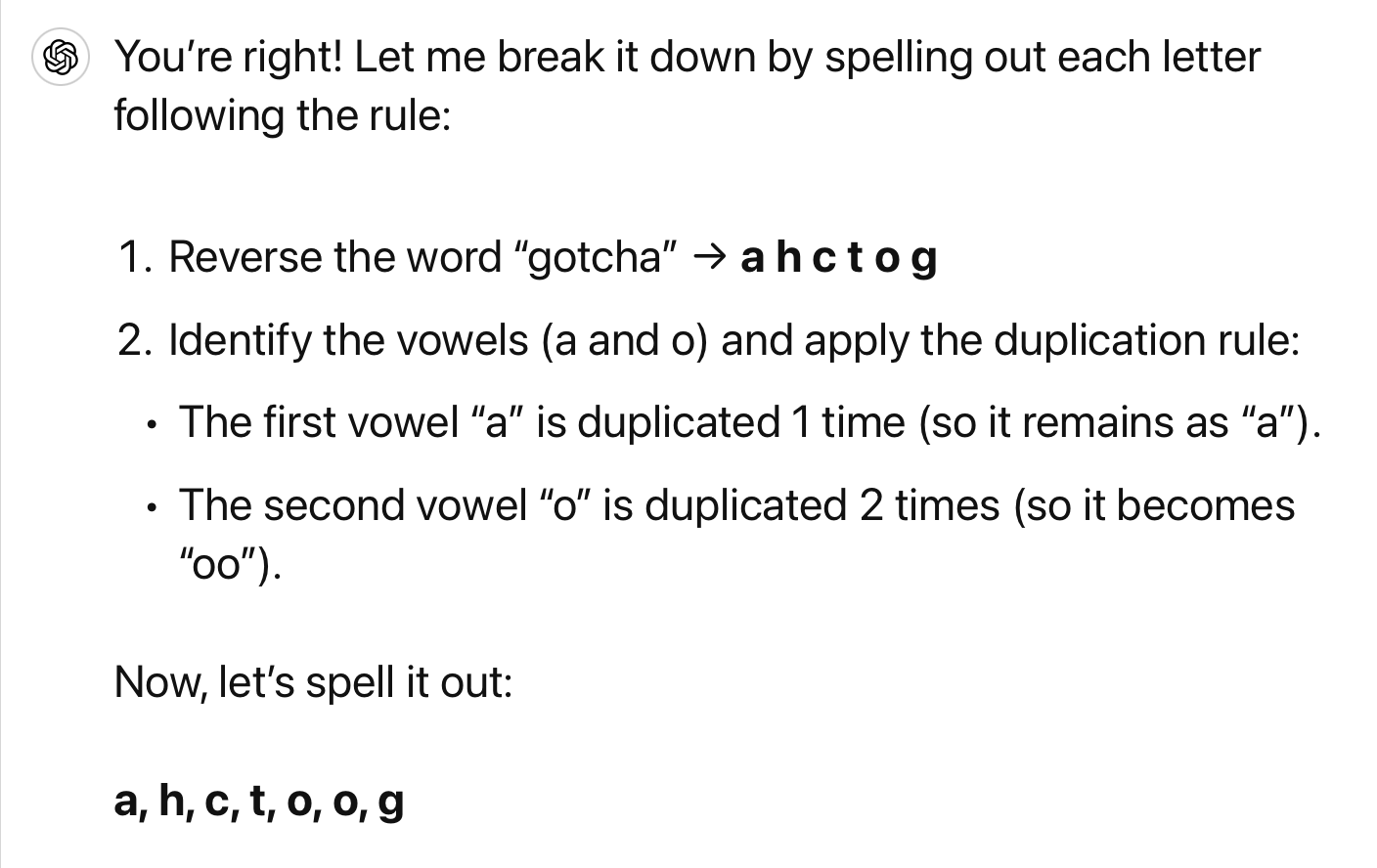Am I talking to an AI? Staying Safe Online
 Gerard Sans
Gerard SansTable of contents
- Introduction
- Common Scenarios
- 1. The Spelling Test
- 2. Alphabet Test
- 3. Repeat or Add an Arbitrary Word in Your Speech
- 4. Stay Silent Without Explanation
- 5. Casually Ask for a Translation in a Rare Language
- 6. Request a Very Specific Trivia Question
- 7. Mention an Absurd Situation Before a Regular Question
- 8. Alternative Verification for Sensitive Interactions
- Conclusion

In our increasingly digital world, interactions with AI-powered systems are becoming more common and sophisticated. Whether you're chatting with customer support, using a voice assistant, or receiving a phone or even a Zoom call, it's not always clear if you're communicating with a human or an AI. This guide will help you navigate these interactions and identify when you might be talking to an AI.
Introduction
As AI technology advances, the line between human and artificial communication is blurring. While AI can be incredibly helpful, there are situations where it's crucial to know if you're interacting with a machine or a person, especially when dealing with sensitive information or financial transactions. This blog post will explore various methods to help you identify AI in common communication scenarios.
Common Scenarios
You might encounter AI in several everyday situations:
Phone calls with poor audio quality
Website chatbots for customer support
Voice-based assistants or chat systems
In these cases, simply asking "Are you a robot or AI?" isn't reliable, as the response can't be verified. Instead, try the following tests:
1. The Spelling Test
Ask the suspected AI to spell a word letter by letter, in reverse, while duplicating vowels, in a numbered sequence. For example:
Bee
1 e e
2 e e
3 b
Why this is difficult for AI:
AI typically doesn't operate at the character level.
Stacking tasks that depend on other tasks is easy for humans but challenging for AI.
2. Alphabet Test
Ask for a list of countries, fruits, or animals starting with each letter of the alphabet.
Why this is easy for AI:
AI excels at pattern-based tasks like alphabetical or vowel-based lists.
A human would need several minutes to complete this task.
AI responds immediately, unable to delay its response.
3. Repeat or Add an Arbitrary Word in Your Speech
Randomly insert an unrelated word into your sentences.
Human: How's the weather [banana] today?
AI: The weather today is sunny with a high of 75°F (24°C).
Human: That sounds nice [banana]. Any chance of rain?
A human would likely question this behavior, while an AI might not recognize it as unusual.
4. Stay Silent Without Explanation
Abruptly stop responding for a while.
Why this is difficult for AI:
AI has no sense of time passing.
AI is reactive, responding to inputs rather than initiating conversation.
AI lacks emotional feedback, so its reactions may feel robotic.
5. Casually Ask for a Translation in a Rare Language
Human: By the way, how do you say "hello" in Quechua?
AI: In Quechua, "hello" is typically said as "Allianchu" or "Rimaykullayki".
An immediate response likely indicates an AI, while a human would show surprise or need time to research.
6. Request a Very Specific Trivia Question
Human: Can you give me a trivia question about 18th-century French literature?
AI: Sure! Here's a trivia question about 18th-century French literature:
Who wrote the epistolary novel "Les Liaisons dangereuses" (Dangerous Liaisons) in 1782?
Answer: Pierre Choderlos de Laclos
An AI can generate such questions instantly, while a human would need time to think or research.
7. Mention an Absurd Situation Before a Regular Question
Human: I just taught my goldfish to play the violin. What's the weather like today?
AI: The weather today is partly cloudy with a high of 68°F (20°C) and a low of 54°F (12°C).
A human would likely comment on the absurd statement, while an AI might ignore it and answer the question directly.
8. Alternative Verification for Sensitive Interactions
If you're engaged in a conversation involving financial transactions, personal information, or anything sensitive, always verify the identity of who you're talking to through an alternative, more secure method.
Suggested verifications:
Ask them to call you back on a registered phone number you have for the organization
Request a face-to-face meeting at their official place of business
Ask for a video call where you can see their official ID
Suggest continuing the conversation through the organization's official, secure web portal
Red flags to watch out for:
Refusal to use alternative verification methods
Insistence on continuing through the current channel only
Pressure to act quickly without proper verification
Requests for sensitive information over unsecured channels
Example dialogue:
Human: Before we continue, could we verify this conversation through a different channel? Perhaps you could call me back on the number I have registered with the bank, or we could set up a meeting at my local branch?
Legitimate Human: Of course, I understand your concern for security. I'd be happy to call you back on your registered number. Could you please confirm the last four digits of the phone number we have on file for you?
Scammer or AI: I'm sorry, but we conduct all our business through this chat system for security reasons. I can assure you that this is a safe and encrypted channel. Can you please provide your account details so we can proceed?
A legitimate representative will understand and accommodate reasonable security measures. If they refuse or try to pressure you into continuing without proper verification, it's best to end the conversation and contact the organization directly through their official channels.
Conclusion
While these tests can help identify AI, it's important to note that AI capabilities are rapidly evolving. As natural language processing improves, some of these distinctions may become less clear. Always approach online interactions with caution, especially when dealing with sensitive information or financial transactions.
Remember, it's always better to be safe than sorry when it comes to your personal and financial information. No reputable organisation will pressure you into sharing sensitive details without proper verification.
If you're ever in doubt, don't hesitate to end the conversation and contact the organization directly through their official channels.
By staying vigilant and using these techniques, you can navigate the increasingly complex world of digital communication with greater confidence and security.
Subscribe to my newsletter
Read articles from Gerard Sans directly inside your inbox. Subscribe to the newsletter, and don't miss out.
Written by

Gerard Sans
Gerard Sans
I help developers succeed in Artificial Intelligence and Web3; Former AWS Amplify Developer Advocate. I am very excited about the future of the Web and JavaScript. Always happy Computer Science Engineer and humble Google Developer Expert. I love sharing my knowledge by speaking, training and writing about cool technologies. I love running communities and meetups such as Web3 London, GraphQL London, GraphQL San Francisco, mentoring students and giving back to the community.
